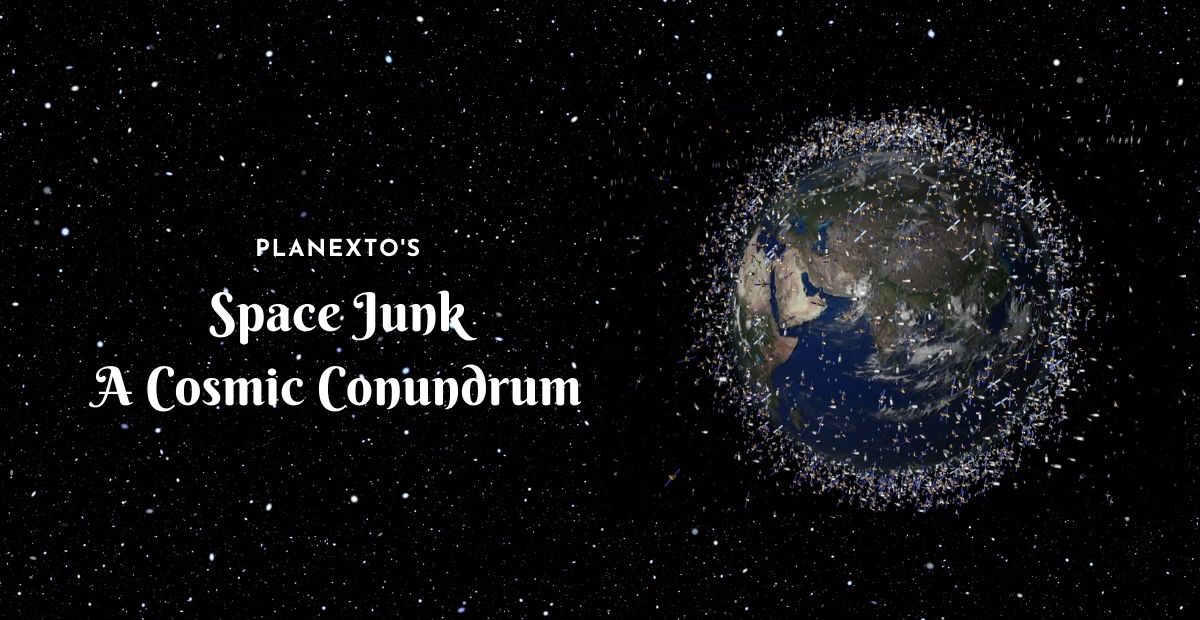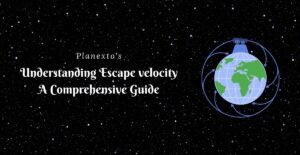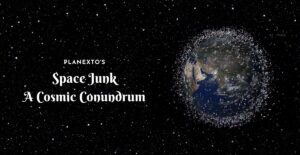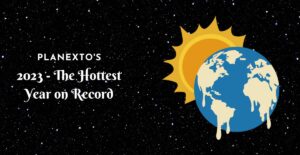Introduction
In the vast expanse of the cosmos, where stars twinkle and planets dance, there exists a less glamorous but equally fascinating element—space debris. As we look beyond the celestial wonders, it becomes imperative to delve into the intricate world of space junk, understanding its origins, implications, and the measures we can take to mitigate its impact.
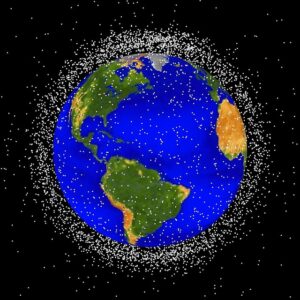
The Silent Symphony of Satellites: Origins of Space Junk
Understanding the Genesis
Space debris, colloquially known as “space junk,” refers to defunct satellites, spent rocket stages, and fragments from disintegration, erosion, and collisions. The clutter originates from both human-made and natural sources, contributing to the celestial ballet in Earth’s orbit.
Man-made Contributions
The space race of the mid-20th century ushered in an era of technological marvels, but it also left behind a trail of orbital artifacts. Decommissioned satellites, spent rocket stages, and fragments from previous missions continue to orbit the Earth, forming the mosaic of space debris that captivates astronomers and space enthusiasts alike.
Collisions and Breakups
Collisions among satellites or with fragments from previous missions can lead to a cascade effect known as the Kessler syndrome, where each collision generates more debris, amplifying the complexity of managing space clutter.
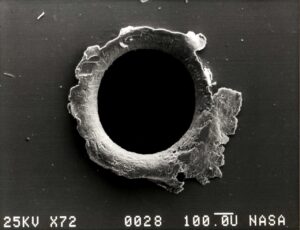
The Impact of Space Debris on Our Orbital Ecosystem
Orbital Congestion and Satellite Safety
The proliferation of space debris poses a significant challenge to the burgeoning field of satellite technology. As more objects clutter our orbits, the risk of collisions increases, endangering operational satellites and hindering future space endeavors.
Threats to International Space Station (ISS)
The International Space Station, a symbol of international cooperation in space exploration, faces the constant risk of space debris collisions. Safeguarding the ISS against potential impacts requires meticulous tracking and coordination to adjust its orbit when necessary.
Mitigating the Menace: Strategies for Space Junk Cleanup
Efforts to tackle the challenge of space junk are underway, with scientists and engineers exploring innovative solutions. From harpoon-tether systems to debris-collecting satellites, a range of technologies is being developed to actively remove space debris from orbit. These initiatives represent a step towards ensuring a sustainable and clutter-free celestial environment.
Active Debris Removal
To combat the growing menace of space debris, scientists and engineers are exploring innovative solutions such as **active debris removal**. This involves capturing and removing defunct satellites or debris fragments to reduce the overall clutter in Earth’s orbit.
Orbital Clean-Up Technologies
Emerging technologies, including advanced robotics and autonomous spacecraft, offer promising avenues for orbital clean-up. These technologies aim to selectively target and remove larger pieces of space debris, mitigating the risks associated with potential collisions.
Harpoon-Tether Systems: Reeling in Space Debris
One promising approach involves the use of harpoon-tether systems. These systems are designed to capture and secure space debris, enabling controlled deorbit maneuvers to safely dispose of the junk.
Debris-Collecting Satellites: Custodians of the Cosmos
Another avenue of cleanup involves deploying specialized satellites equipped with robotic arms to capture and contain space debris. These custodian satellites could play a pivotal role in actively managing and reducing the growing population of space junk.
International Collaboration: A Unified Front Against Orbital Debris
Recognizing the global nature of the space junk problem, international collaboration is vital. Cooperation between space agencies and private entities is essential for developing standardized practices and protocols to manage and mitigate space debris.
Space Traffic Management: Guiding Satellites Safely
Implementing robust space traffic management systems is crucial for preventing collisions and minimizing the creation of new space debris. Advanced tracking technologies and coordination among satellite operators are essential components of effective space traffic management.
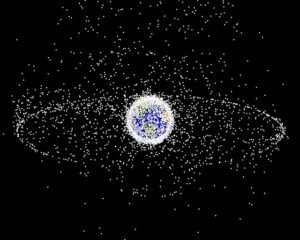
Looking Ahead: International Collaboration and Future Prospects
The Role of International Cooperation
Addressing the challenges posed by space debris requires a collaborative effort on a global scale. International space agencies, private entities, and academic institutions must work together to develop and implement effective strategies for space debris management.
Towards Sustainable Space Exploration
As humanity continues to push the boundaries of space exploration, sustainable practices must be at the forefront of our endeavors. The responsible deployment and disposal of satellites, coupled with ongoing efforts in debris removal, are pivotal in ensuring the long-term viability of our orbital environment.
Conclusion
In conclusion, the issue of space junk is a complex challenge that requires collective action and innovative solutions. As we venture further into the cosmos, responsible space exploration and debris management are paramount. By understanding the causes, impact, and mitigation strategies, we can collectively navigate the cosmos safely, ensuring the sustainability of our activities beyond Earth’s atmosphere.
As we look to the future, it is clear that addressing space junk is not just a matter of technological advancement but a shared responsibility to preserve the integrity of our celestial playground. Stay informed, stay engaged, and let’s navigate the cosmos responsibly.
FAQs
Q: How does space junk affect satellite communication?
A: Space junk poses a threat to satellite communication by increasing collision risks and potentially disrupting communication signals.
Q: Are there international agreements to address the issue of space junk?
A: Yes, international agreements exist to promote responsible space practices and address the challenges posed by space junk.
Q: Can space junk be tracked?
A: Yes, sophisticated tracking systems monitor the trajectory of space junk, allowing for collision prediction and avoidance measures.
Q: What is the role of governments in space debris management?
A: Governments play a vital role in developing policies, regulations, and initiatives for space debris management and cleanup.
Q: How do scientists propose to clean up space junk?
A: Scientists propose various methods, including robotic systems, harpoons, and nets, to actively remove space junk from Earth’s orbit.
Q: What is the economic impact of space junk on the space industry?
A: The economic impact includes potential damage to operational satellites, increased costs for collision avoidance, and the need for cleanup initiatives.
